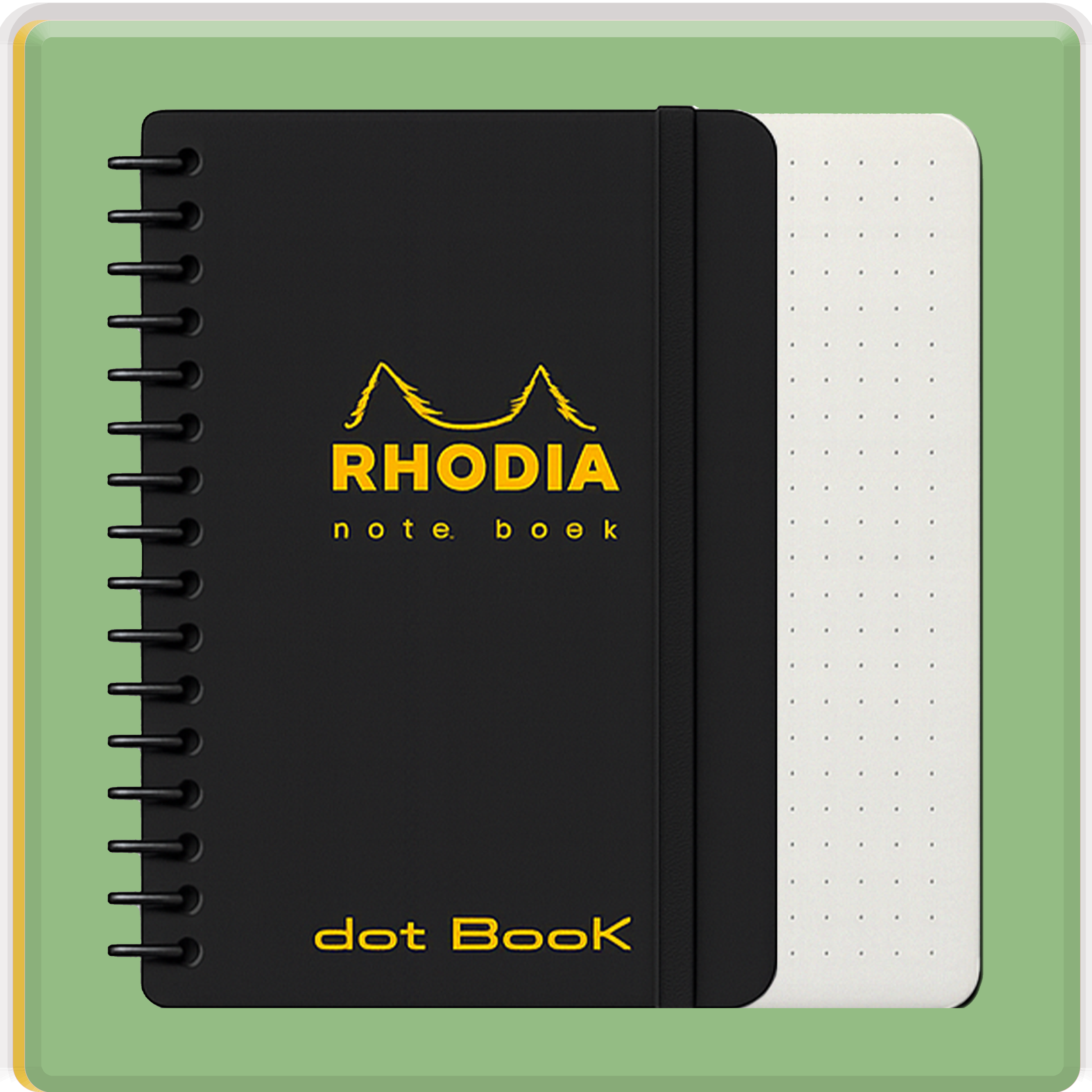Colour coding your planner is one of the most effective ways to reduce mess and worry. It is not only a therapeutic exercise, but it also provides visual organisation and clarity that a simple black pen can not match.
Follow these tips for a simple and easy-to-personalise colour-coding scheme if you are not sure how to colour-code your planner.
STEP 1: Make a list of your colour coding categories

The first step in using colour coding to achieve success is to determine the many divisions or sectors of your life. Work, family, school, health, side hustles, finances, errands, and chores are all conceivable categories (among many others).
The number of categories you have may vary depending on your current demands and schedule, and it is likely to change as you progress through the months and years of your life.
It is not necessary to have a huge number of categories. Instead, concentrate on the things that are most essential to you to make them stand out.
No problem if you just have three colour-coding categories (such as work, family, and finances) and prefer to write everything else in black. It is better to start small and work your way up if you need to. Rather than starting huge and becoming overwhelmed.
STEP 2: Select Colour Coding Pens

If you are concerned about how to colour-code your planner, you are probably also concerned about the pens you use. Because colour coding requires commitment, you should enjoy the pens you use, both in terms of how they write and the ink colour.
Consider what you are looking for in a pen: Is it better to use a ballpoint pen or a felt-tipped pen? Is it better to be thick or thin? Do you want a lot of colours or just a few?
After you have picked your pens, it is time to get down to business.
STEP 3: Colours should be assigned to categories

You have two options for allocating colours to your categories: randomly or using a colour coding scheme. Some people give the most significant categories to colours that are more likely to catch their eye (such as red and green).
You can also apply colours to categories based on how they make you feel, such as enthusiasm in the health category. There is no right or wrong method to allocate colours; just go with your gut.
You can always change your mind later if you don't like the way you've assigned colours.
STEP 4: Put It To The Test

Do a trial run with your colour coding system before putting (coloured) pens to paper. A test run is intended to give you an idea of how your planner would look once it has been colour coded regularly in this situation.
If you have a spare page in your planner, go ahead and put your colour coding method to the test.
Otherwise, you can just draw up your calendar on a blank sheet of paper and then fill in your categories with what you believe a normal day or week might look like.
If you don't like the colours or anything about the categories that don't feel right, go back to step one and start over.
Conclusion
The most important thing to know about colour coding is that it is intended to make your life easier, streamline your everyday routines, and aid in clearer thinking.
Don't be afraid to rework or abandon your colour coding system if it becomes too stressful or tough at any stage.
Colour coding should aid rather than hinder your work.








